
© Northland Civil Defence Emergency Management GroupNew Zealand troops prepare to help with drought relief in the Northland region.
The New Zealand army has been sent to Northland to assist in drought relief efforts after months without any rain.
The towns of Kaikohe and Kaitaia are the worst hit with severe water restrictions in place throughout February.
Water is only allowed to be used for cooking, drinking or 40-second showers."We're running out of water", the Far North council website reads, saying its goal is to "urgently" reduce water consumption across the district by 25%. There has been no significant rainfall since November.
This week a deployment of soldiers from the New Zealand army arrived in the region and will be based in Kaitaia for two weeks. Weather forecasters predict no significant rain events for the region until the end of March.
Three medium-heavy army vehicles, each with tanks capable of carrying 5,000 litres of water, plus a hired vehicle capable of carrying 7,000 litres, are being used by the troops to deliver water to communities without town supplies. Emergency supplies will be being topped up at rural marae (Māori meeting house) and other community facilities.
The drought in Northland is the worst on record, said Kaitaia mayor John Carter, who described the situation as a "crisis".
"This is as probably as serious as it gets, this is the worst drought we've had on record," Carter told local media.
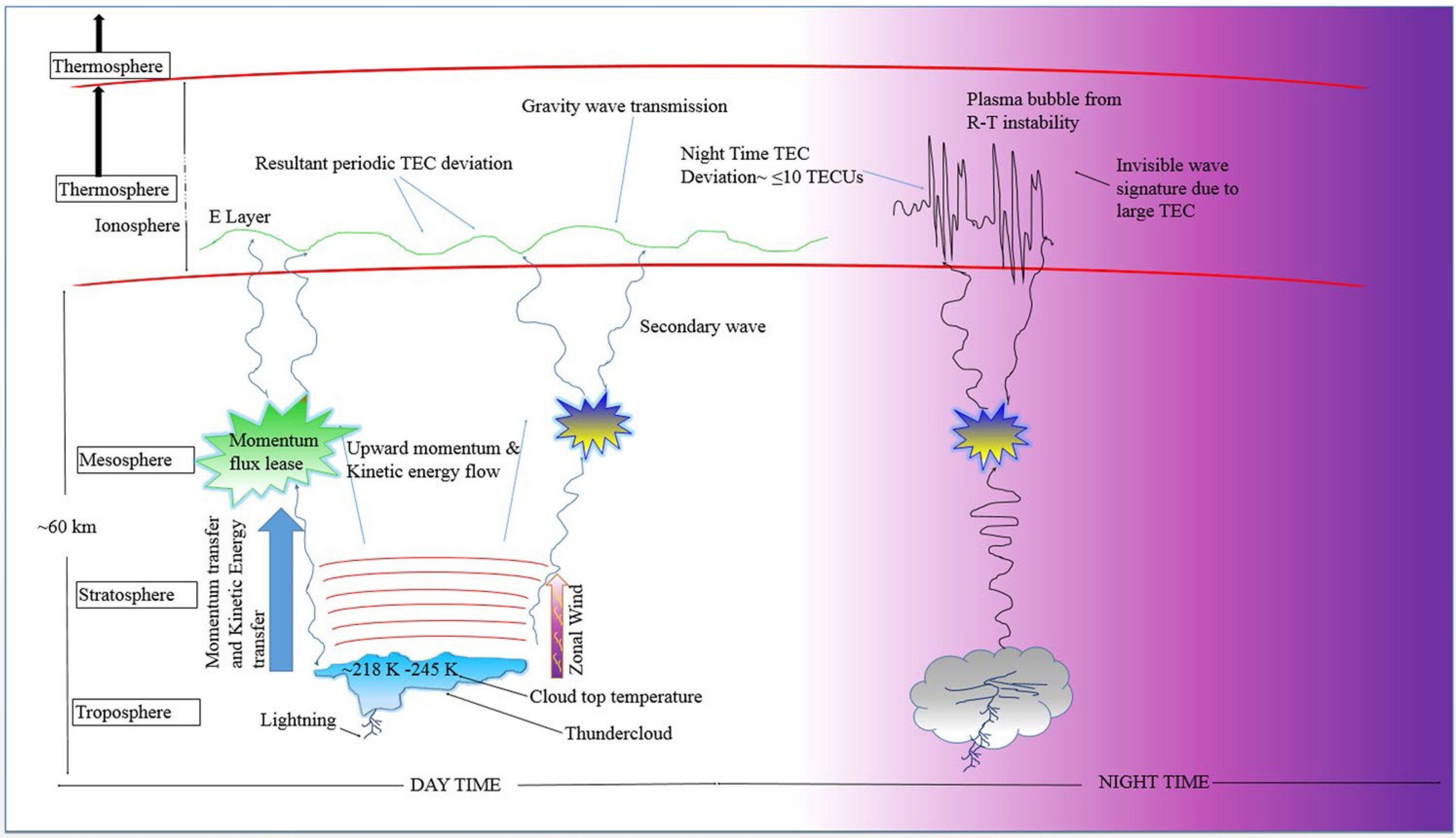

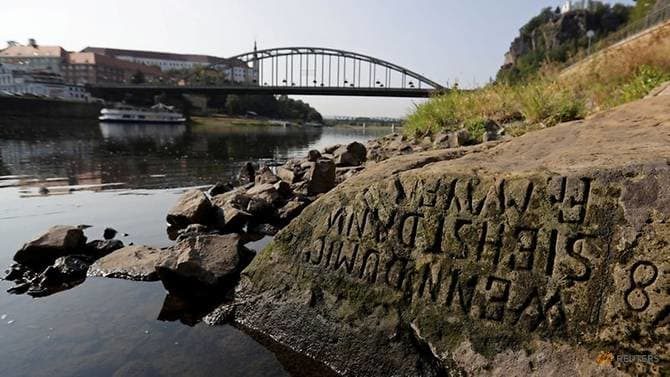
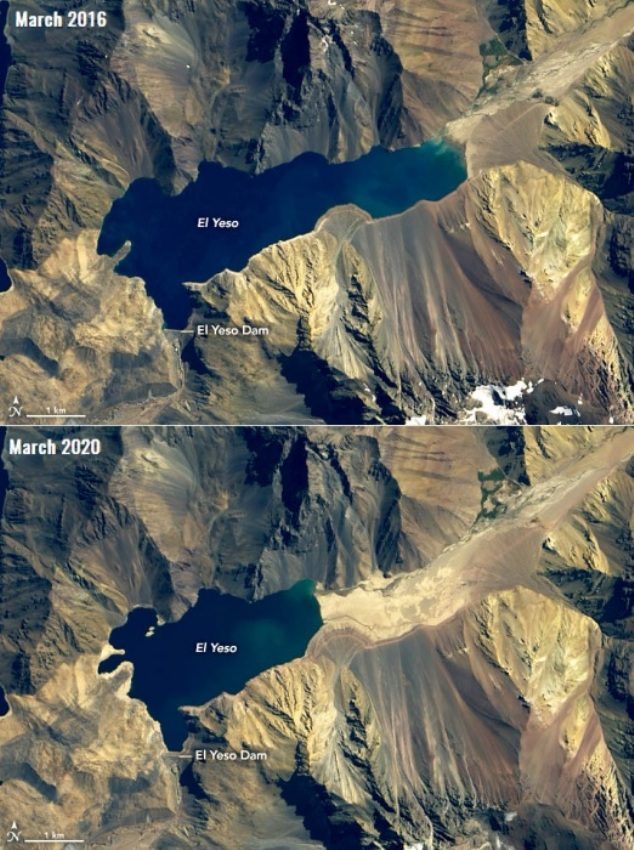
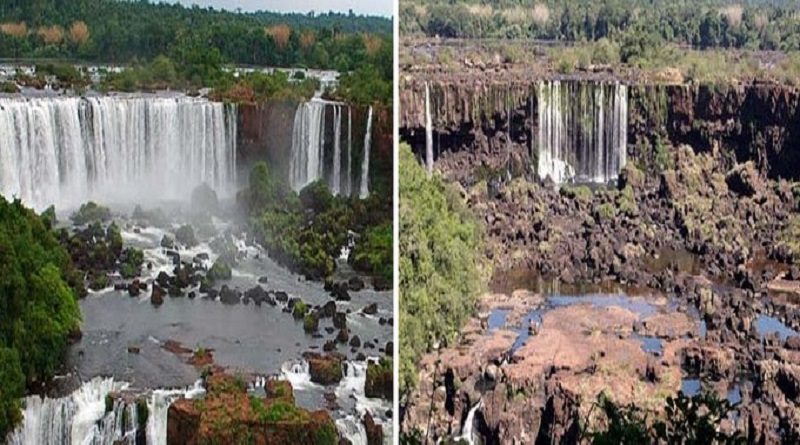


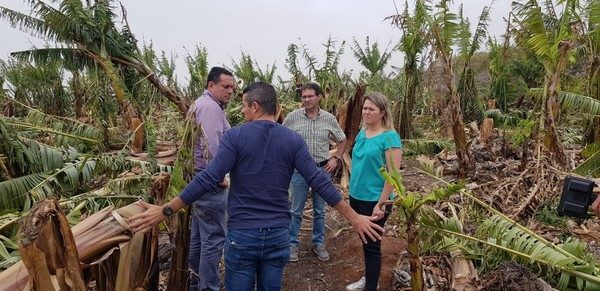
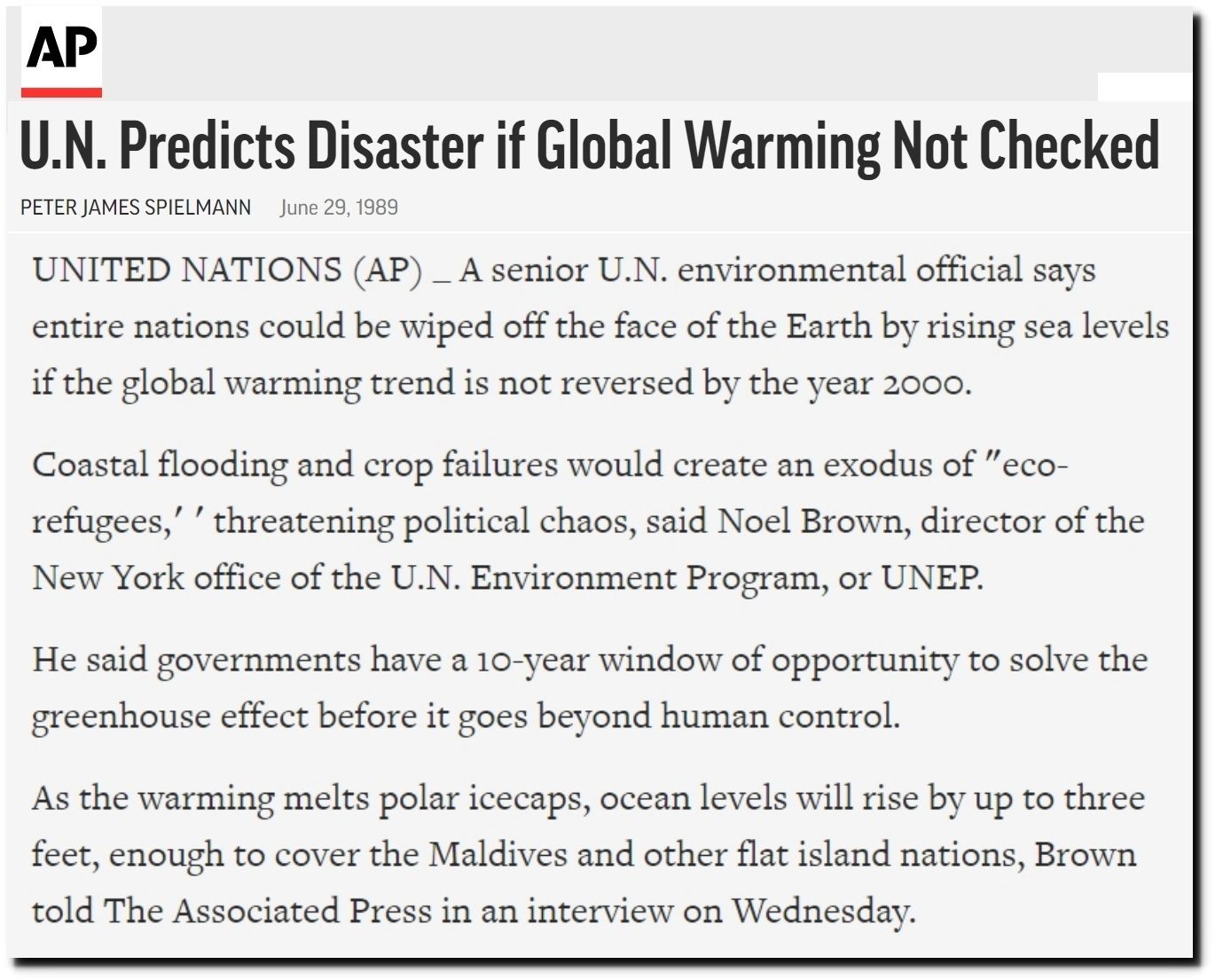




Comment: Central European drought reveals ancient 'hunger stones' in Elbe River